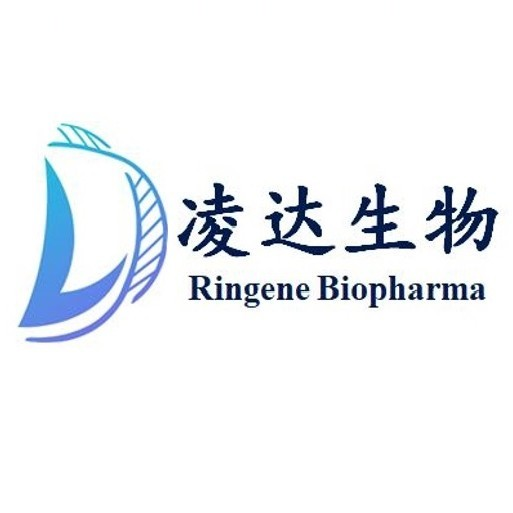预约演示
更新于:2025-04-19
RG001(Ringene Biopharma)
更新于:2025-04-19
概要
基本信息
药物类型 小分子化药 |
别名 RG-001 |
靶点 |
作用方式 抑制剂 |
作用机制 SHP2抑制剂(蛋白酪氨酸磷酸酶-2抑制剂) |
治疗领域- |
在研适应症- |
非在研适应症- |
原研机构 |
在研机构- |
非在研机构- |
最高研发阶段- |
首次获批日期- |
最高研发阶段(中国)- |
特殊审评- |
结构/序列
分子式C24H26N8 |
InChIKeyHSOKEDVIVDSCPU-UHFFFAOYSA-N |
CAS号148344-24-5 |
关联
100 项与 RG001(Ringene Biopharma) 相关的临床结果
登录后查看更多信息
100 项与 RG001(Ringene Biopharma) 相关的转化医学
登录后查看更多信息
100 项与 RG001(Ringene Biopharma) 相关的专利(医药)
登录后查看更多信息
24
项与 RG001(Ringene Biopharma) 相关的文献(医药)2025-02-01·Acta Pharmaceutica Sinica B
Protection efficacy of mRNA-based SARS-CoV-2 variant vaccine in non-human primates
Article
作者: Ma, Ling ; Lu, Shuaiyao ; Li, Xiaoyu ; Zheng, Ruifang ; Cen, Shan ; Li, Quanjie ; Li, Xingong ; Peng, Xiaozhong ; Guo, Saisai ; Yi, Dongrong ; Dong, Yijie ; Zhang, Yongxin ; Wang, Jing ; Zhang, Weiguo ; Liu, Qian
The rapid emergence of severe acute respiratory syndrome coronavirus 2 (SARS-CoV-2) variants that evade immunity elicited by vaccination has posed a global challenge to the control of the coronavirus disease 2019 (COVID-19) pandemic. Therefore, developing countermeasures that broadly protect against SARS-CoV-2 and related sarbecoviruses is essential. Herein, we have developed a lipid nanoparticle (LNP)-encapsulated mRNA (mRNA-LNP) encoding the full-length Spike (S) glycoprotein of SARS-CoV-2 (termed RG001), which confers complete protection in a non-human primate model. Intramuscular immunization of two doses of RG001 in Rhesus monkey elicited robust neutralizing antibodies and cellular response against SARS-CoV-2 variants, resulting in significantly protected SARS-CoV-2-infected animals from acute lung lesions and complete inhibition of viral replication in all animals immunized with low or high doses of RG001. More importantly, the third dose of RG001 vaccination elicited effective neutralizing antibodies against current epidemic XBB and JN.1 strains and similar cellular response against SARS-CoV-2 Omicron variants (BA.1, XBB.1.16, and JN.1) were observed in immunized mice. All these results together strongly support the great potential of RG001 in preventing the infection of SARS-CoV-2 variants of concern (VOCs).
2018-08-01·Journal of chromatography. A2区 · 化学
Molecular bottlebrush polymer modified magnetic adsorbents with high physicochemical selectivity and unique shape selectivity
2区 · 化学
Article
作者: Wang, Chaozhan ; Wei, Yinmao ; Yuan, Jingxiang ; Li, Chunyan
A molecular bottlebrush functionalized magnetic adsorbent (magGO@bottlebrush) was fabricated in this work. Poly(hydroxyethyl methacrylate) (PHEMA) was first grafted from polydopamine coated magnetic graphene oxide via surface-initiated atom transfer radical polymerization (SI-ATRP) to produce the backbone of the molecular bottlebrush. Further modification was followed by grafting poly(styrene) via a second SI-ATRP from the PHEMA chains to yield the magGO@bottlebrush. Multiple interactions including hydrophobic, π-π stacking and π-π electron-donor-acceptor interactions greatly contributed to the solute retention. The adsorbent possessed unique shape selectivity, it provided high affinity to non-planar and non-linear compounds. Profiting from densely grafted phenyl and carbonyl groups on the adsorbent, multivalent interactions were exploited to enhance the selectivity for analytes with multiple recognition motifs. Bisphenol A (BPA) was chosen as a model analyte to test real applications of the adsorbent, considering its structural features. The adsorbent owns high adsorption capacity to BPA, and can be readily used for rapid and efficient enrichment of trace BPA from water samples.
2014-02-01·ChemCatChem
Fe3O4–SiO2–P4VP pH‐Sensitive Microgel for Immobilization of Nickel Nanoparticles: An Efficient Heterogeneous Catalyst for Nitrile Reduction in Water
作者: Niknezhad, Mahvash ; Nabid, Mohammad Reza ; Bide, Yasamin
Abstract:
Fe3O4 magnetic nanoparticles (MNPs) were modified with (3‐aminopropyl)triethoxysilane through silanization. An atom transfer radical polymerization‐initiating site immobilized onto amine‐functionalized Fe3O4 MNPs. The surface‐initiated atom transfer radical polymerization of 4‐vinylpyridine was then performed in the presence of Fe3O4–SiO2–Br nanoparticles, which led to the formation of Fe3O4–SiO2–P4VP [P4VP=poly(4‐vinylpyridine)] hybrid microgels cross‐linked with Fe3O4 MNPs. Our approach uses polymer microgels as templates for the synthesis of nickel nanoparticles (NiNPs). The tunable properties of synthesized NiNPs@Fe3O4–SiO2–P4VP pH‐sensitive microgels were used in the catalytic reduction of aliphatic and aromatic nitriles. Moreover, the catalytic activity of metal nanocomposites that can be modulated by the volume transition of microgel structures with changing pH has been evaluated. TEM, X‐ray photoelectron spectroscopy, thermogravimetric analysis, atomic absorption spectroscopy, XRD, UV/Vis spectroscopy, and FTIR spectroscopy were used to characterize the resultant catalyst.
100 项与 RG001(Ringene Biopharma) 相关的药物交易
登录后查看更多信息
研发状态
登录后查看更多信息
临床结果
临床结果
适应症
分期
评价
查看全部结果
| 研究 | 分期 | 人群特征 | 评价人数 | 分组 | 结果 | 评价 | 发布日期 |
|---|
No Data | |||||||
登录后查看更多信息
转化医学
使用我们的转化医学数据加速您的研究。
登录
或
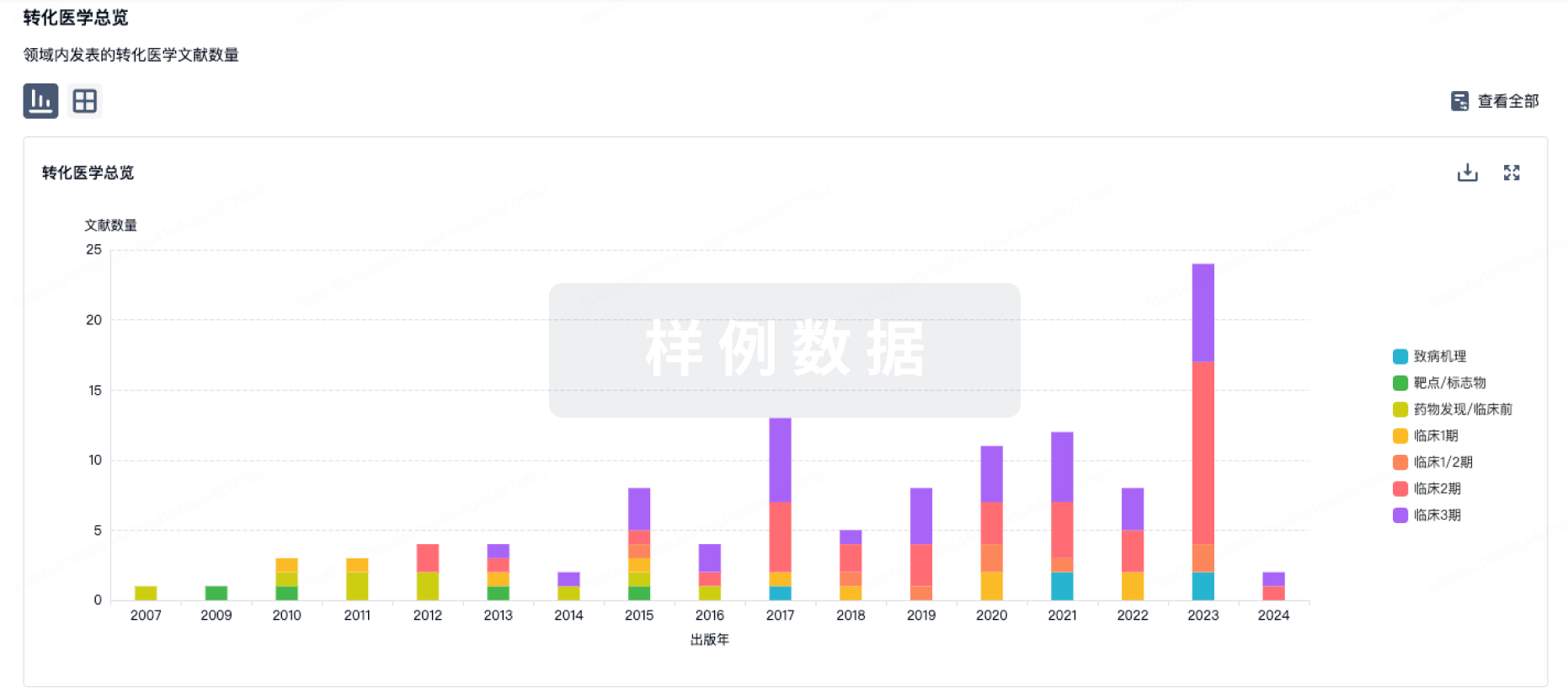
药物交易
使用我们的药物交易数据加速您的研究。
登录
或
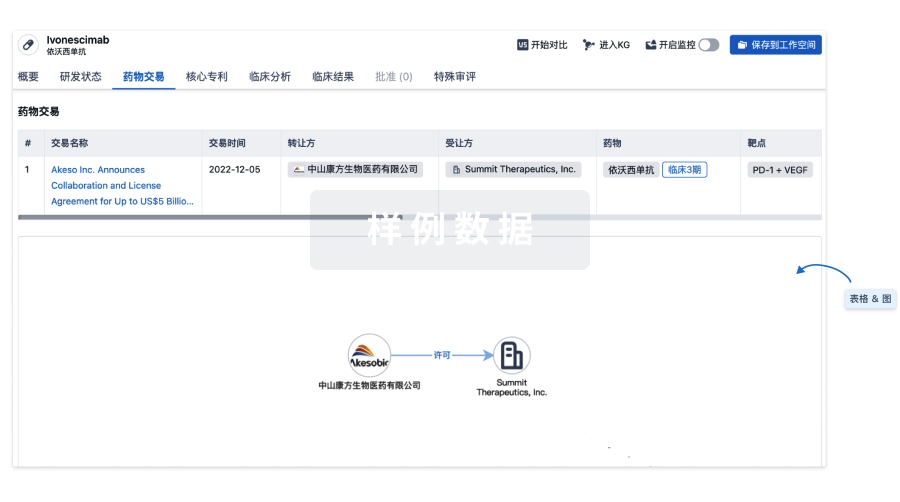
核心专利
使用我们的核心专利数据促进您的研究。
登录
或
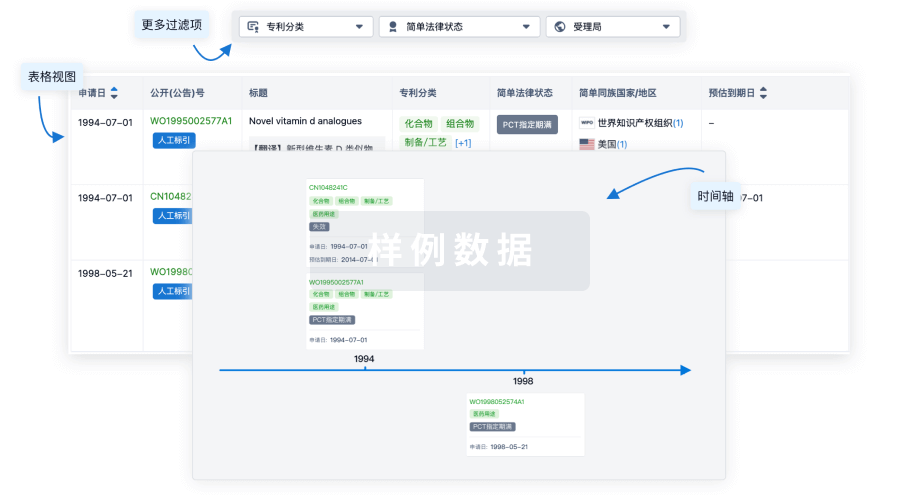
临床分析
紧跟全球注册中心的最新临床试验。
登录
或
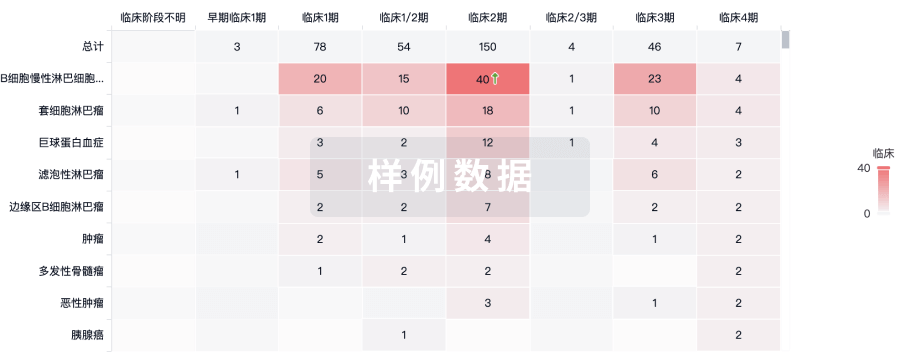
批准
利用最新的监管批准信息加速您的研究。
登录
或
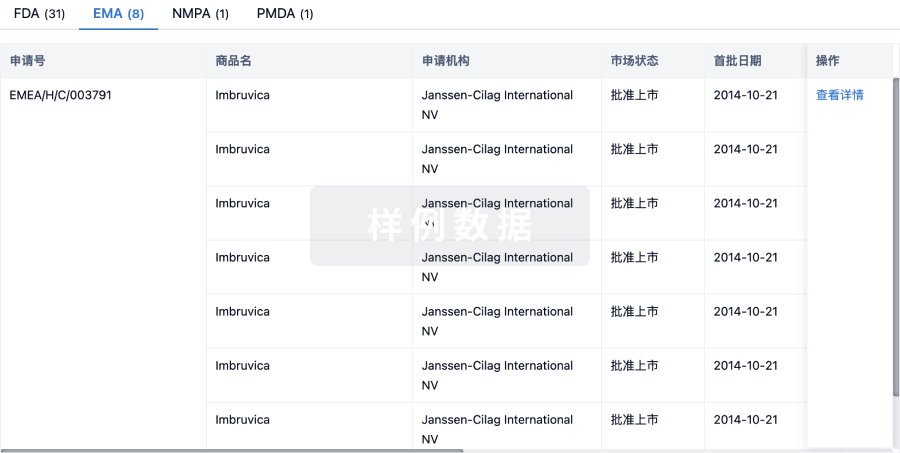
特殊审评
只需点击几下即可了解关键药物信息。
登录
或
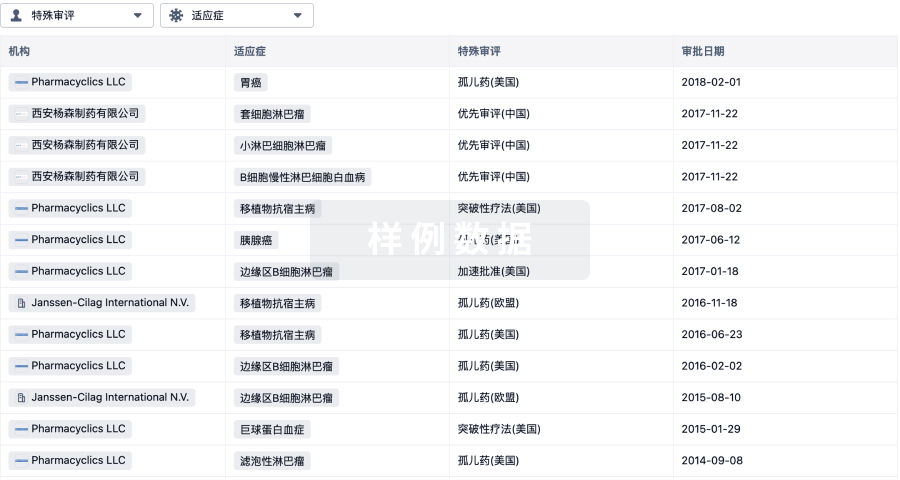
来和芽仔聊天吧
立即开始免费试用!
智慧芽新药情报库是智慧芽专为生命科学人士构建的基于AI的创新药情报平台,助您全方位提升您的研发与决策效率。
立即开始数据试用!
智慧芽新药库数据也通过智慧芽数据服务平台,以API或者数据包形式对外开放,助您更加充分利用智慧芽新药情报信息。
生物序列数据库
生物药研发创新
免费使用
化学结构数据库
小分子化药研发创新
免费使用
